1. Introduction to Poker Hands and Rankings
Welcome to “Mastering the Basics: A Beginners Guide to Poker Hands and Rankings.” In the world of poker, understanding hand rankings is essential to becoming a skilled player. Whether you’re new to the game or looking to brush up on your knowledge, this article will provide you with a comprehensive overview of poker hand rankings. We will delve into the hierarchy of hands, explore the significance of each card value, and examine various hand categories. Additionally, we will uncover the power of combining cards to form stronger hands and discuss advanced rankings such as full house, four of a kind, and even the elusive royal flush. By the end of this guide, you will have gained the foundational knowledge needed to confidently evaluate and strategize based on poker hand rankings.
1. Introduction to Poker Hands and Rankings
Understanding the importance of hand rankings in poker
Welcome to the wild world of poker, where fortunes can be won or lost with just a single hand. But before you start throwing chips around, it’s crucial to understand the basic building blocks of the game: poker hands and their rankings. Knowing which hands are stronger than others will give you the upper hand (pun intended) at the table and help you make smarter decisions. So, let’s dive in and unravel the mystery of poker hand rankings!
2. Understanding the Hierarchy: The Basics of Poker Hand Rankings
Overview of the ranking system
Key rules for comparing and determining poker hands
Think of poker hand rankings as a pecking order for your cards. At the top, you’ll find the almighty royal flush, and at the bottom, a lowly high card. In between, there’s a hierarchy of hand categories, each with its own set of rules.
When comparing two hands, the highest-ranking hand wins. But what if two players have the same hand? That’s where things get interesting. In these cases, the tie-breaker is determined by the highest individual card or by the kicker—the highest card not part of the hand itself. If the kicker doesn’t settle the matter, the pot is split.
Remember, poker hands are made up of the best five cards available to you, even if it means using fewer than five from your own hand. So, don’t be shy to use the community cards to create your winning combination!
3. Knowing the Card Values: Ace to King
Assigning values to each card in a standard deck
The significance of the Ace card in different hand rankings
In poker, cards aren’t just pieces of paper with pretty designs—they have values. In a standard deck, the cards are ranked from lowest to highest: 2, 3, 4, 5, 6, 7, 8, 9, 10, Jack, Queen, King, Ace.
But the Ace is a special card—it can be high or low, depending on the hand you’re trying to make. In straight flushes and straight hands, the Ace can act as a high card, following the King, or as the lowest card, sitting below the 2. This flexibility gives the Ace its reputation as the card of surprises.
So, keep those card values in mind because they’ll determine the strength of your hand and ultimately, your success at the poker table.
4. Exploring Hand Categories: High Card, Pair, Two Pair, etc.
Definition and characteristics of high card hands
Understanding pair hands and their variations
Exploring two pair, three of a kind, and other hand categories
Now that you’re familiar with card values, let’s delve into the various hand categories you’ll encounter in poker. The simplest (and weakest) of them all is the high card, where your hand doesn’t match any other category. It’s like bringing a butter knife to a gunfight—not something you want to rely on.
Next up are pair hands—they consist of two cards of the same value, like two Aces or two Kings. The higher the value of the pair, the better. These hands can be improved upon with two pair, where you have two separate pairs in your hand. And if you’re lucky enough to make it to three of a kind, well, let’s just say things are looking up for you.
But don’t stop there—poker is a game of possibilities. Continue exploring the vast range of hand categories, including straights, flushes, full houses, and more. The more you know, the more strategic decisions you’ll be able to make.
So, get ready to master the basics of poker hands and rankings. It’s time to put your cards on the table and show the world what you’ve got!
5. The Power of Combining Cards: Three of a Kind, Straight, Flush
Understanding the concept of combining cards for stronger hands
In poker, the strength of your hand often lies in how well your cards work together. Combining cards can create powerful combinations that can give you an edge over your opponents. Understanding this concept is crucial to mastering poker hands and rankings.
Explaining three of a kind hands and their rankings
Three of a kind is a hand where you have three cards of the same rank, along with two unrelated cards. It’s a fairly strong hand that can often win you pots. The higher the rank of the three cards, the stronger your hand will be. So, if you have three Kings, it beats three Jacks.
Defining and discussing straight and flush hands
A straight is a hand that consists of five cards in sequential order, regardless of their suit. For example, 4-5-6-7-8 is a straight. A flush, on the other hand, is a hand where all five cards are of the same suit, but not in sequential order. Both straight and flush hands are strong, and their rankings are determined by the highest card in the hand.
6. Advanced Hand Rankings: Full House, Four of a Kind, Straight Flush and Royal Flush
Exploring the significance of full house and its unique combination
A full house is a hand that consists of three cards of the same rank and two cards of another rank. It’s a strong hand that can often be a game-changer. For example, having three Queens and two Jacks would give you a full house. It’s a unique combination that can be difficult to achieve.
Understanding the rarity and strength of four of a kind hands
Four of a kind is a hand where you have all four cards of the same rank, along with an unrelated fifth card. It’s an incredibly strong hand, often known as “quads.” The rarity of this hand makes it a formidable force at the poker table. The higher the rank of the four cards, the stronger your hand will be.
Explaining the power of straight flush and the elusive royal flush
A straight flush is a hand that combines both a straight and a flush. It consists of five cards in sequential order and of the same suit. The strength of a straight flush is determined by the highest card in the hand. The highest-ranking straight flush is the royal flush, which consists of the 10, Jack, Queen, King, and Ace of the same suit. It’s the rarest and most powerful hand in poker.
7. Common Mistakes to Avoid in Evaluating Poker Hands
Identifying common errors in judging hand rankings
When evaluating poker hands, it’s easy to make mistakes that can cost you the pot. One common error is only focusing on the individual cards and not considering their potential combinations. Another mistake is overvaluing certain hands, like two pairs, without considering the strength of the other players’ hands. It’s important to be mindful of these common pitfalls.
Tips to avoid misinterpreting the strength of poker hands
To avoid misinterpreting the strength of poker hands, it’s crucial to pay attention to the overall combination of cards and not just the highest-ranking card. Additionally, don’t rely solely on your own hand and overlook the possibilities of what your opponents might have. Lastly, practice and experience will help you develop a better understanding of hand rankings and improve your decision-making skills.
8. Practice Makes Perfect: Tips for Mastering Poker Hand Rankings
Strategies to improve your understanding of hand rankings
To master poker hand rankings, it’s essential to practice regularly and actively seek opportunities to play. Familiarize yourself with the different hand combinations, and try to understand their relative strengths. Additionally, observing other players and studying their gameplay can provide valuable insights into hand rankings.
Recommended resources and tools for practicing poker hands
There are several resources and tools available for practicing poker hands. Online poker platforms offer free play options where you can practice without risking real money. Poker hand ranking charts can also be helpful references, providing a visual representation of hand combinations. Additionally, poker strategy books and tutorials can provide in-depth knowledge and guidance on mastering hand rankings.
As you’ve learned in this beginner’s guide to poker hands and rankings, mastering the basics is crucial for success in the game. By understanding the hierarchy of hand rankings, the values of each card, and the different hand categories, you are now equipped with the knowledge to make informed decisions at the poker table. Remember to avoid common pitfalls and practice regularly to enhance your skills. With time and experience, you’ll be able to confidently evaluate and strategize based on the strength of your poker hands. So go ahead, embrace the challenge, and may the best hand win!
FAQ
1. How do I determine the winner in a game of poker?
In poker, the player with the highest-ranking hand at the end of the round is declared the winner. Hand rankings follow a specific hierarchy, with the royal flush being the strongest hand and high card being the weakest. If two or more players have the same hand ranking, such as a pair, then the player with the highest-ranking cards within that category wins. If there is still a tie, the pot is typically split among the tied players.
2. Can the Ace be used as both the highest and lowest card in a straight?
Yes, in some variations of poker, the Ace can be used as either the highest or lowest card in a straight. This means that it can be the highest card in a sequence like Ace-King-Queen-Jack-10 or the lowest card in a sequence like Ace-2-3-4-5. However, it’s important to note that not all poker games consider the Ace as a low card for a straight, so it’s essential to be aware of the specific rules of the game you’re playing.
3. Is a flush or a straight more valuable?
In terms of hand rankings, a flush is considered higher than a straight. A flush consists of five cards of the same suit, regardless of their sequential order. A straight, on the other hand, is a hand with five consecutive cards of any suit. While both are strong hands, the flush ranks higher due to its rarity, making it more valuable in poker.
4. What is the significance of a full house in poker?
A full house is a hand that consists of three cards of the same rank, known as a “three of a kind,” and a pair of cards of another rank. For example, having three Queens and two Kings would form a full house. It is a powerful hand in poker and ranks higher than a flush or a straight. Full house hands are relatively rare and can often lead to substantial winnings in poker games.

AdHang.com is the No.1 agency for digital marketing in Nigeria and the first Internet public enlightenment agency in Africa. AdHang has everything needed to achieve your digital marketing objectives and goals. From strategic digital marketing, a tactical approach to employing advanced digital marketing tools and technologies, using seasoned marketers with decades of marketing communications experience.



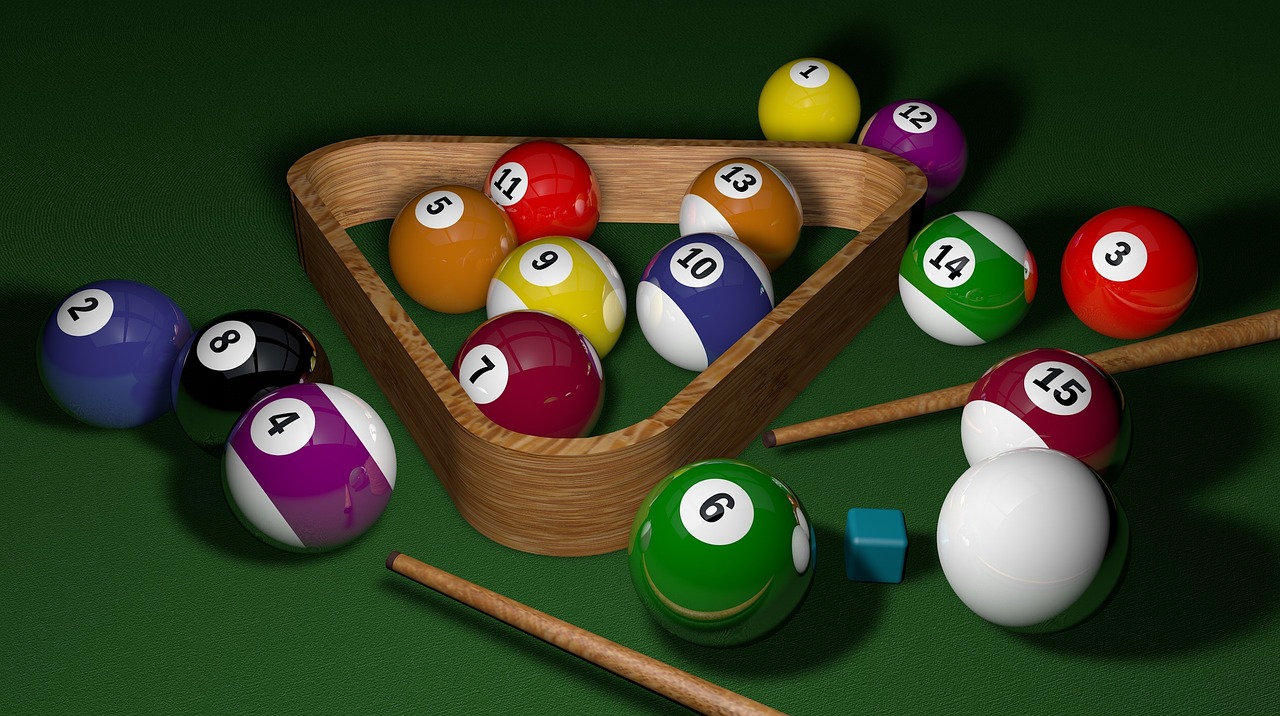
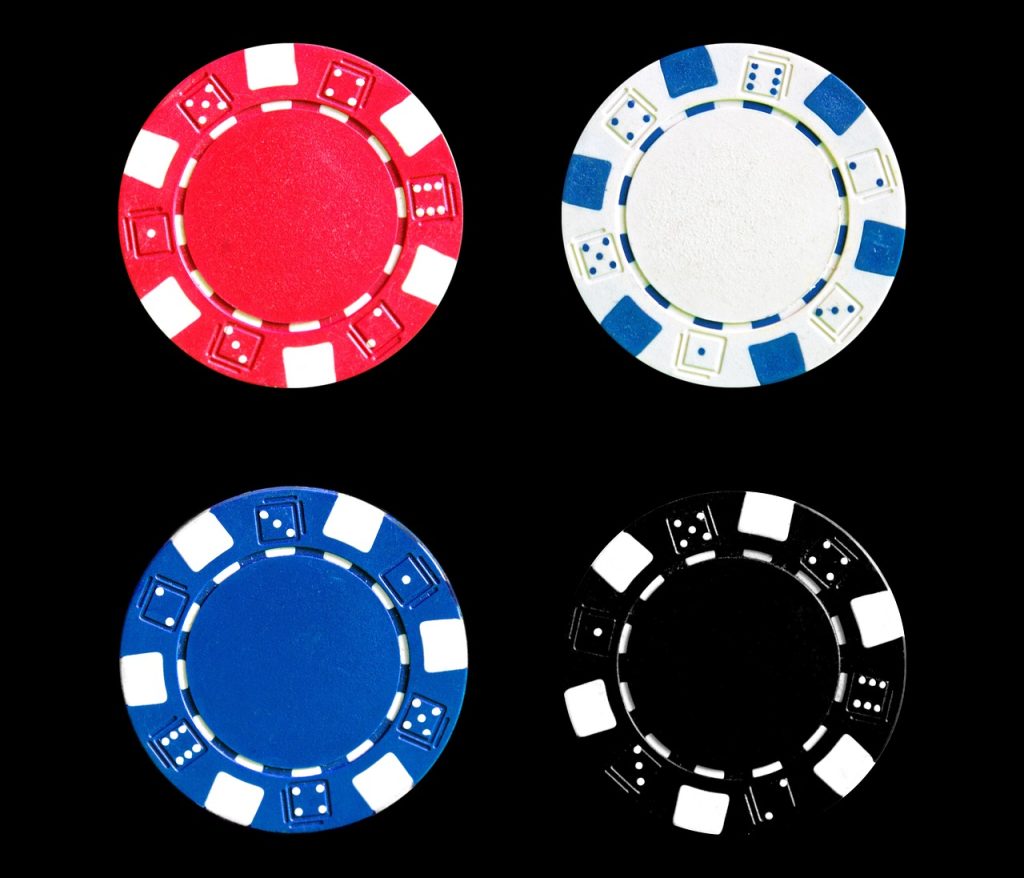
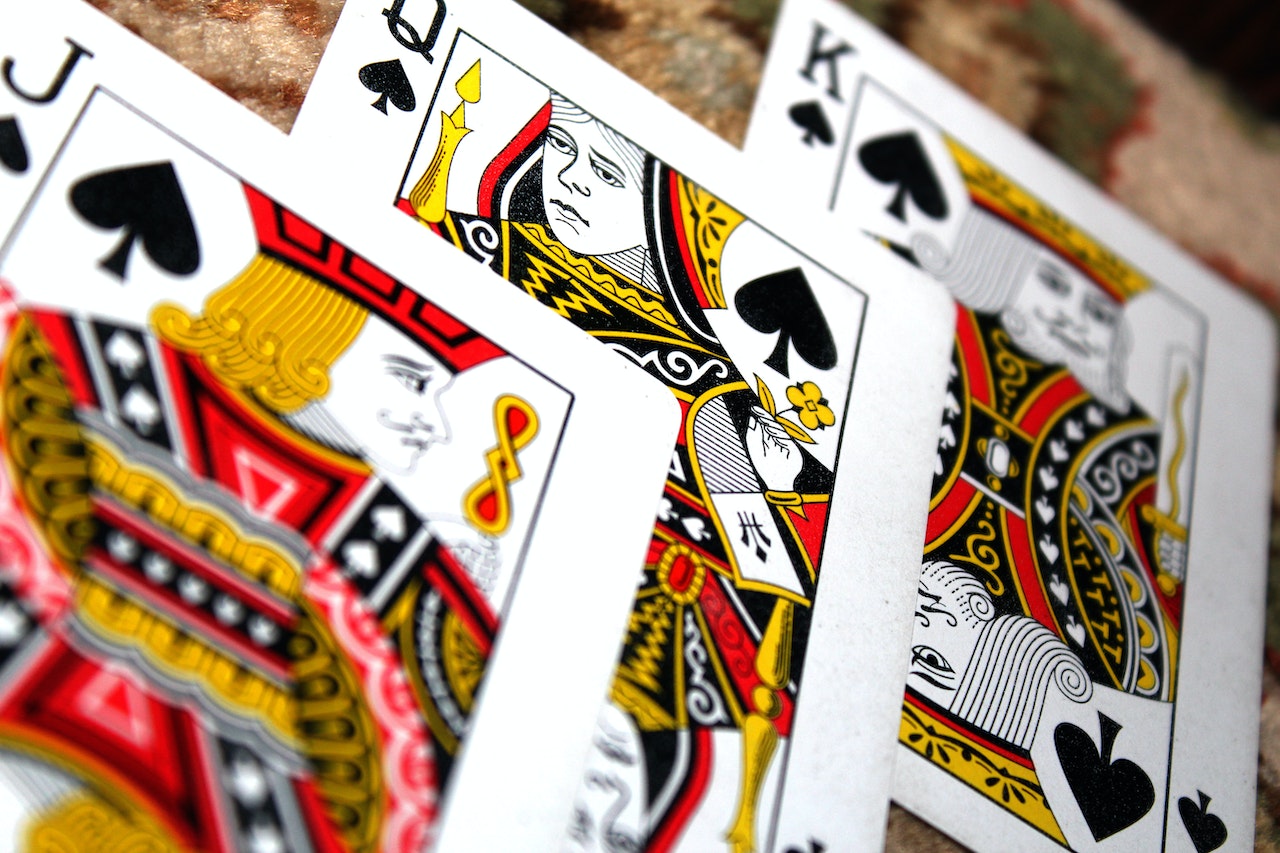
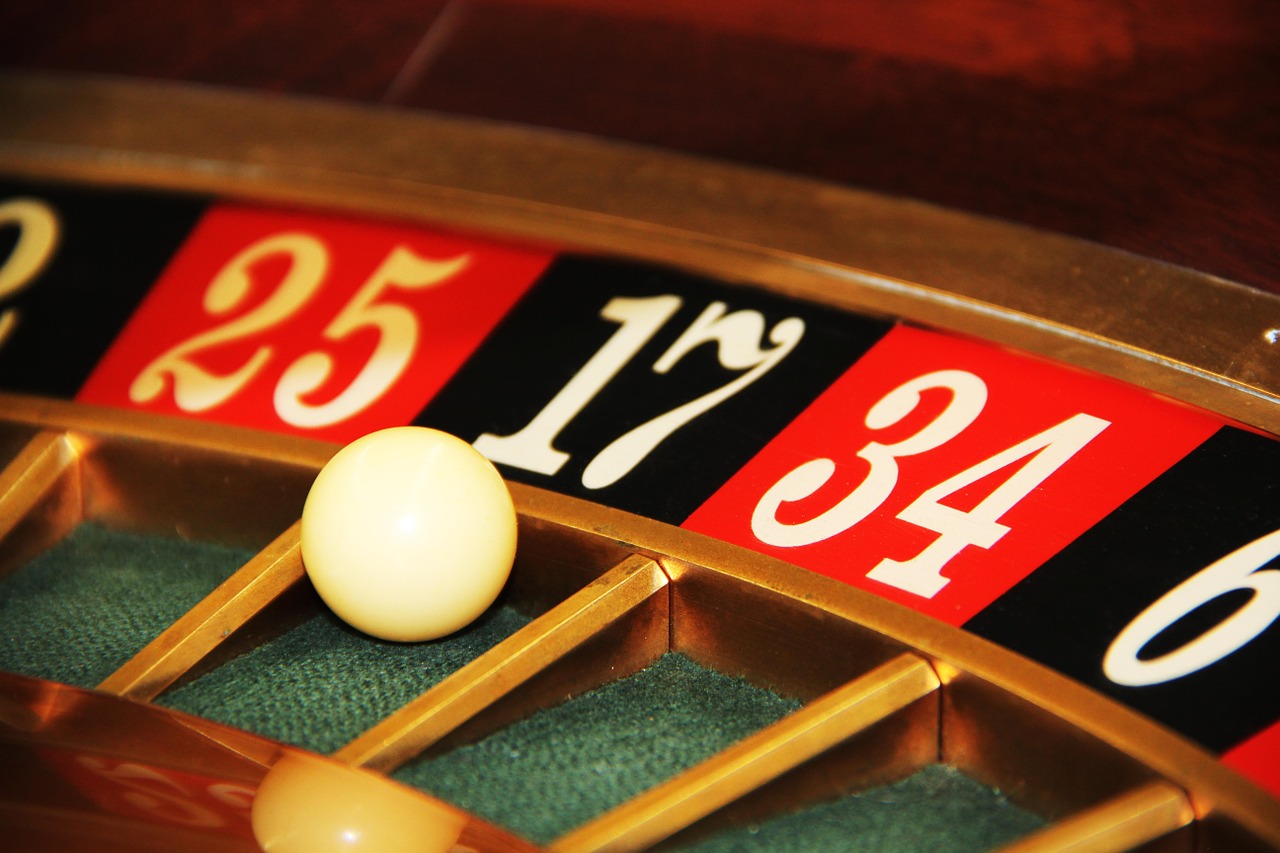
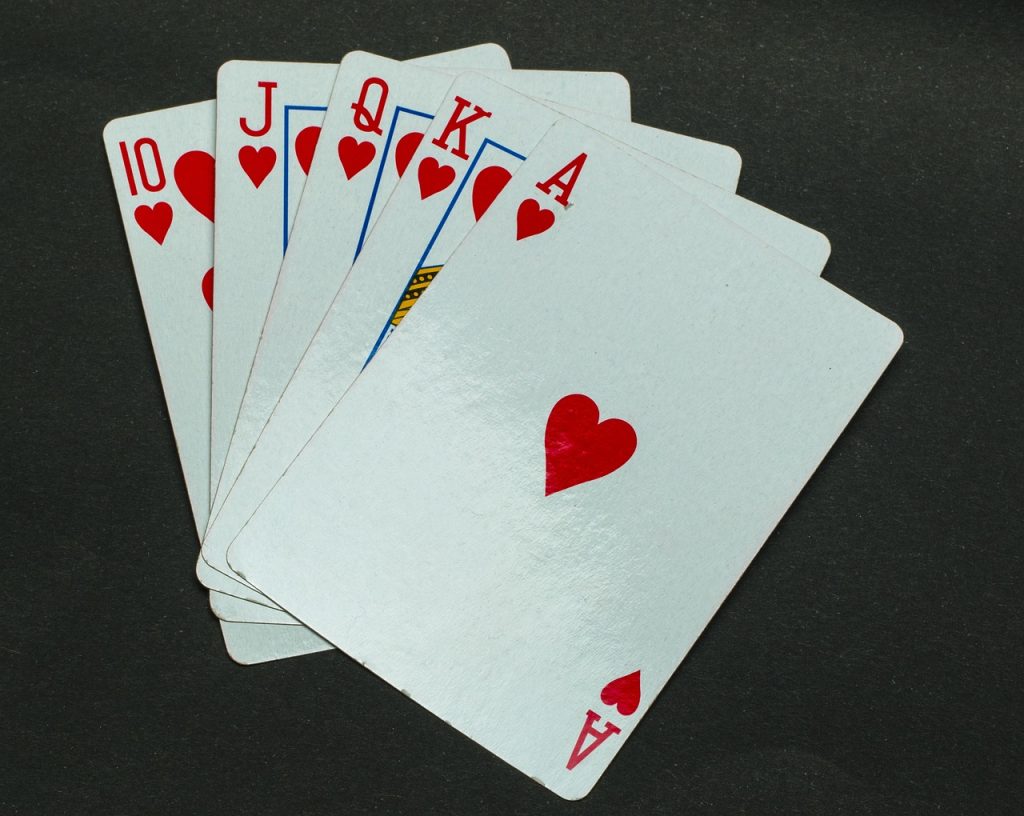

Comments